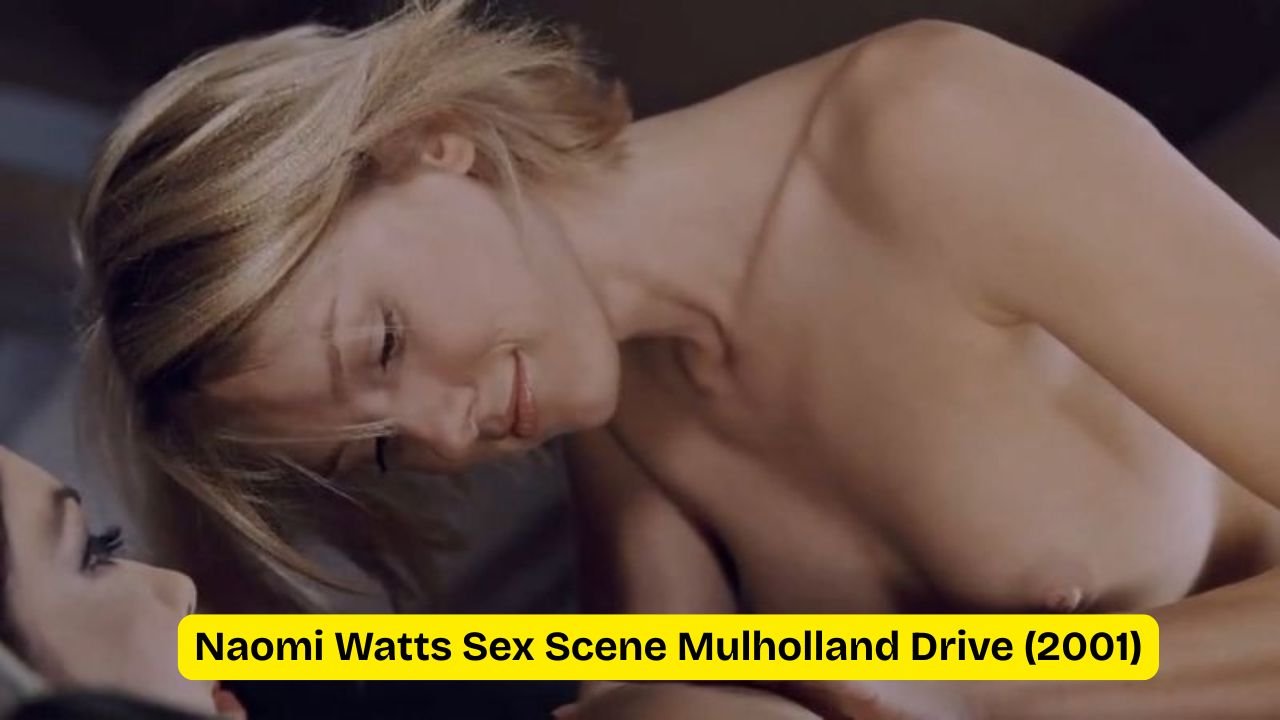Naomi Watts’s sex scene in David Lynch’s 2001 film Mulholland Drive is a pivotal and deeply evocative moment that embodies the movie’s surreal narrative and psychological complexity. The film, a dark and dreamlike exploration of Hollywood’s illusions and personal identity, features a romantic and intimate encounter between Naomi Watts’s character Betty Elms (and later Diane Selwyn) and Laura Harring’s character Rita (and later Camilla Rhodes). This scene is iconic not only for its eroticism but also for the emotional and narrative weight it carries, reflecting themes of love, desire, loss, and tragedy.
The sex scene occurs in the film’s early portion, where Betty and Rita’s relationship transitions from friendship to romantic and physical intimacy. After a day of searching for answers about Rita’s amnesia, they retreat to a safe, private space where their bond deepens through vulnerability and tenderness. The scene is carefully crafted with an artistic sensibility that conveys both passion and melancholy. While its erotic nature is evident, Naomi Watts herself described the scene as heartbreaking rather than simply erotic. She remarked that the last time she saw it, she had tears in her eyes because she understood the tragic path the story would take, emphasizing the emotional depth behind the physical connection. The intimacy portrayed is subtle and genuine, articulating the characters’ complex feelings rather than serving as mere titillation.
Watch Full Video Here >> Click The Link To Watch Full Video
The making of the scene was reportedly emotionally challenging for the actors. Laura Harring mentioned feeling vulnerable during the shoot, noting the presence of the film crew and the inherently intimate nature of the scene. Despite the vulnerability, both actors brought authenticity to the moment, enhancing the film’s surreal and haunting tone. Harring stated the scene arose naturally from the characters’ connection and had an energy that took over, underscoring the chemistry and sincerity conveyed on screen.
Director David Lynch used the scene not only to develop character but also to blur the lines between reality and fantasy—themes central to Mulholland Drive. The sensual encounter is layered with subtext, acting as a prelude to the shifting identities and fragmented narrative that unfold later. The film’s nonlinear storytelling means that the same characters appear in alternate forms and realities, where the dynamics and emotions between them are revisited with different implications. The sex scene is therefore pivotal in illustrating both the characters’ deep attraction and the painful consequences of their complex relationship.

The scene is also notable for its aesthetic quality—the lighting, camera work, and sound design elevate it beyond a typical love scene into an almost hypnotic experience. The music and close-up shots capture the intimacy and emotional vulnerability shared between the characters, making the scene resonant for audiences and film scholars alike.
Later in the film, the narrative darkens significantly, and the once hopeful connection between Betty and Rita shifts into despair and betrayal in the real-world identities of Diane and Camilla. This transformation contextualizes the earlier sex scene as an expression of idealized love shadowed by jealousy and heartbreak, intensifying the film’s tragic tone.
Scholars and critics have often examined the sex scene as an essential moment in lesbian representation on screen, emphasizing desire and emotional truth over stereotypical portrayals. It challenges traditional cinematic depictions by portraying a nuanced and emotionally complex relationship between two women, which is integral to Mulholland Drive’s enduring influence.
In conclusion, Naomi Watts’s sex scene in Mulholland Drive is a masterclass in blending eroticism with emotional storytelling within a surreal cinematic framework. It reflects the film’s exploration of identity, love, and illusion, serving as a profound moment of connection amidst the narrative’s labyrinthine structure. The scene resonates emotionally by conveying vulnerability, passion, and sorrow, making it one of the most memorable and artistically significant intimate scenes in contemporary cinema.

